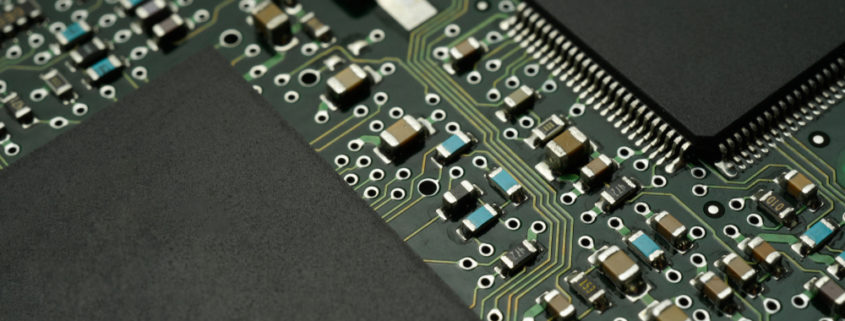Analog Design for Audio: Achieving High-Fidelity Sound
Analog design for audio applications is an important field that deals with the design and optimization of electronic circuits to achieve high-fidelity sound. Achieving high-fidelity sound requires careful consideration of various design factors, including circuit topology, component selection, and layout. In this article, we will examine the principles of analog design for audio applications, including considerations for achieving high-fidelity sound and minimizing distortion.
Circuit Topology and Component Selection
The selection of circuit topology and components is a critical aspect of analog design for audio applications. The topology of an audio circuit determines how the audio signal processes and amplifies, while the selection of components affects the quality and accuracy of sound reproduction.
One commonly used circuit topology in audio applications is the class-A amplifier. This provides a high level of linearity and low distortion. Another popular topology is the class-AB amplifier, which offers higher efficiency but may have higher levels of distortion. The choice of circuit topology will depend on the specific application and design goals.
The selection of components, such as resistors, capacitors, and transistors, also plays a critical role in analog design for audio. Components with low tolerances and high accuracy are preferable to ensure the best possible sound quality. Additionally, components with low noise and low distortion characteristics minimize the impact of noise and distortion on the audio signal.
Layout and Grounding
The layout and grounding of an audio circuit are important factors that can impact the performance of the circuit. Proper layout and grounding can help minimize noise and distortion, improve signal integrity, and ensure the best possible sound quality.
When laying out an audio circuit, it is important to keep signal paths as short as possible and to avoid routing audio signals near high-frequency or high-current components. Grounding is also critical in audio circuit design. This is because improper grounding can lead to ground loops, introducing noise and distortion into the audio signal.
To minimize noise and distortion, it is common practice to use a star grounding scheme. In this scheme, all components are grounded at a single point. Additionally, careful consideration must be given to the placement of power and ground planes. This helps to minimize the impact of electromagnetic interference on the audio signal.
Conclusion
Analog design for audio applications is a complex field that requires careful consideration of various design factors, including circuit topology, component selection, and layout. Achieving high-fidelity sound requires a deep understanding of these principles and a commitment to optimizing each aspect of the design process.
By selecting the right circuit topology and components, and by paying careful attention to layout and grounding, designers can achieve high-fidelity sound with minimal distortion. As audio technology continues to evolve, we can expect to see continued innovation in analog design for audio applications. Designers seek to push the boundaries of what is possible and deliver the best possible sound quality to consumers.
Learn more about Linear MicroSystems by clicking here!
Linear MicroSystems, Inc. is proud to offer its services worldwide as well as the surrounding areas and cities around our Headquarters in Irvine, CA: Mission Viejo, Laguna Niguel, Huntington Beach, Santa Ana, Fountain Valley, Anaheim, Orange County, Fullerton, and Los Angeles.






